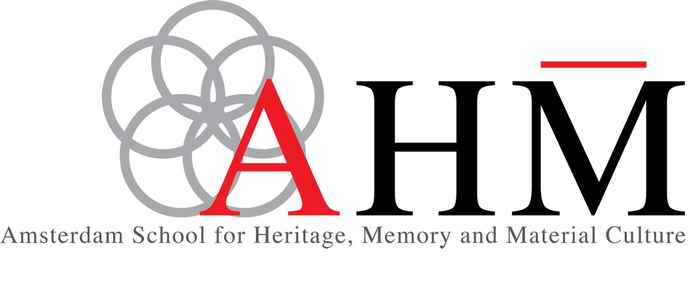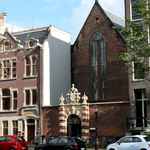PhD Defense: Claudia Röck
- Date
- 2 July 2024
- Time
- 13:00
- Location
- Agnietenkapel

Software-based art is subject to the rapid cycles of updates and replacements common to all software, as well as the relatively short life expectancy of electronic hardware. Maintaining and preserving such artworks poses a constant challenge for contemporary art institutions. However, preservation measures often lack long-term perspectives. This dissertation seeks to develop a theoretical framework for the long-term preservation of software-based art within institutions that is guided by the principle of minimising changes to the artwork.
To achieve this, Röck proposes a framework comprising three dimensions: firstly, it establishes criteria for sustainable preservation. Secondly, it explains the impact of digital materiality on the significant properties of an artwork. Finally, it conceptualises the artwork as a socio-technical system in order to identify conservation strategies. The artwork is analysed in terms of software-layers, building blocks and its environment.
To test the theoretical framework, two case studies were conducted, a generative video installation and an internet-based artwork. For each, Röck applied two preservation strategies and compared them in terms of their sustainability and the authenticity of the artwork.
Implementing the theoretical framework put forward here encourages a systematic approach to conservation, and thus results in conservation strategies that are, for the most part, more sustainable for both the artwork and the institution. In addition, this dissertation identifies the conditions necessary for institutions to sustain software-based artworks. As another outcome, it clarifies certain definitions of conservation strategies by categorising digital emulation as an encapsulation strategy, and adding reconstruction and documentation strategies to the existing repertoire of conservation strategies.
You can find UvA dissertations in the UvA-DARE database.
